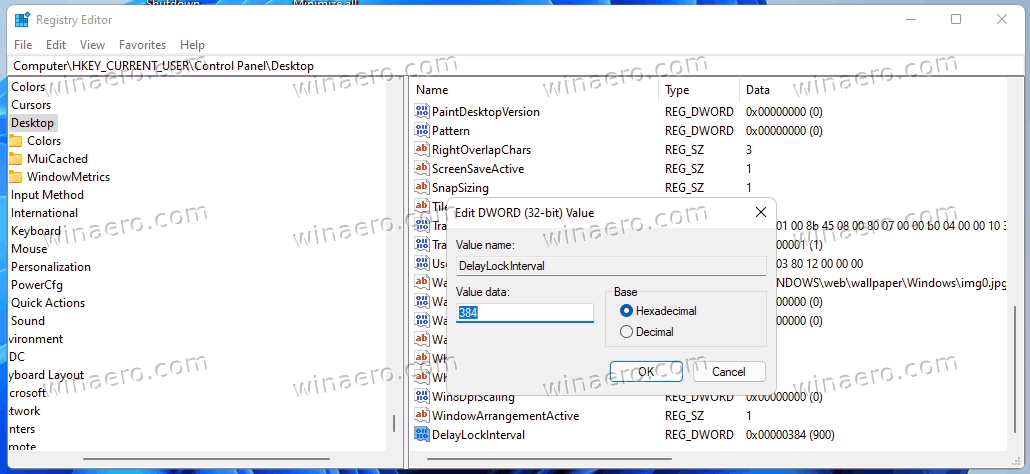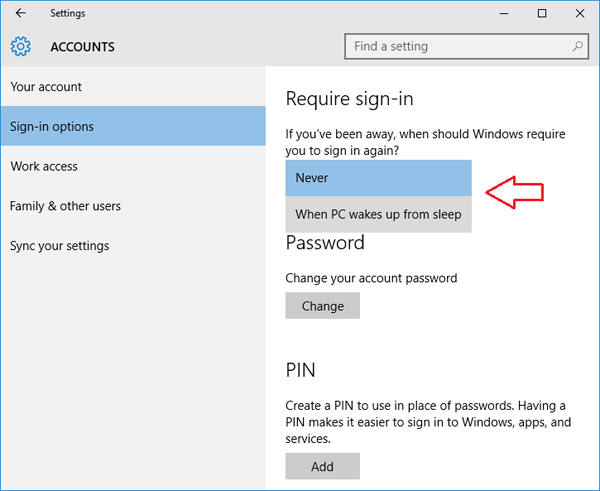
- #How to avoid windows asking for password aftert sleep how to
- #How to avoid windows asking for password aftert sleep for windows 10
- #How to avoid windows asking for password aftert sleep windows 10
- #How to avoid windows asking for password aftert sleep windows 8.1
- #How to avoid windows asking for password aftert sleep password
*The information in this KB and screen shots can be found on top-password's website.
#How to avoid windows asking for password aftert sleep windows 10
If you’ve tried the above methods but to no avail, turn off the Lock screen in Windows 10 and it might fix your issue.
#How to avoid windows asking for password aftert sleep password
Windows 10 Still Asks for Password after Sleep? Note: The Local Group Policy Editor is not available in Windows 10 Home. Windows 10 should never require a password the next time your PC wakes up from sleep.

#How to avoid windows asking for password aftert sleep how to
This Windows 10 guide will reveal the steps to stop your computer from asking you to enter a password when it wakes up from sleep. Top solution on how to remove password Windows7 You don't need to waste too much time to find Windows 7 password if forgotten.
#How to avoid windows asking for password aftert sleep windows 8.1
#How to avoid windows asking for password aftert sleep for windows 10
Skipping Password Prompt After Sleep Using the Command Prompt The detailed information for Windows 10 Password After Sleep is provided.

Step 4: Double click either " Require a password when a computer wakes (on battery)" or " Require a password when a computer wakes (Plugged in)". Step 2: Type in gpedit.msc and press enter to open the local policy editor.Ĭomputer Configuration > Administrative Templates > System > Power Management > Sleep Settings Step 1: Use Windows key + R to open the run command window. Skipping Password Prompt After Sleep Using Group Policy Step 4: Choose Never from Require sign-in drop down menu. Skipping Password Prompt After Sleep Using Settings There are three ways you can use to accomplish this: If you cannot remember the login password or the password not accepted after wakeup from sleep mode, Windows Password Key is a good choice to reset Windows 7/8/10 password and regain access to your computer. Again, by default, everytime you leave your PC unattended, it goes to sleep to conserve battery and protect your session. That’s all about how to disable Windows 7/8/10 password after standby. In this Windows 10 guide, I'll show you how to disable the password prompt when your Windows 10 computer resumes from sleep. To get started disabling password when your PC wakes up from sleep, follow the steps below: How to disable password login when pc wakes up from sleep in Windows 11.


 0 kommentar(er)
0 kommentar(er)
